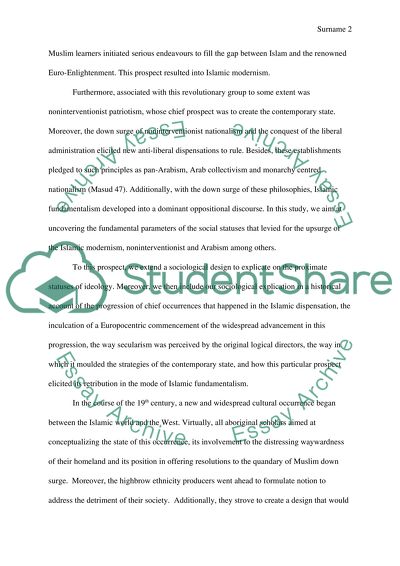Cite this document
(“Classical Islamic Modernism Essay Example | Topics and Well Written Essays - 1500 words”, n.d.)
Retrieved from https://studentshare.org/religion-and-theology/1454883-islam
Retrieved from https://studentshare.org/religion-and-theology/1454883-islam
(Classical Islamic Modernism Essay Example | Topics and Well Written Essays - 1500 Words)
https://studentshare.org/religion-and-theology/1454883-islam.
https://studentshare.org/religion-and-theology/1454883-islam.
“Classical Islamic Modernism Essay Example | Topics and Well Written Essays - 1500 Words”, n.d. https://studentshare.org/religion-and-theology/1454883-islam.


